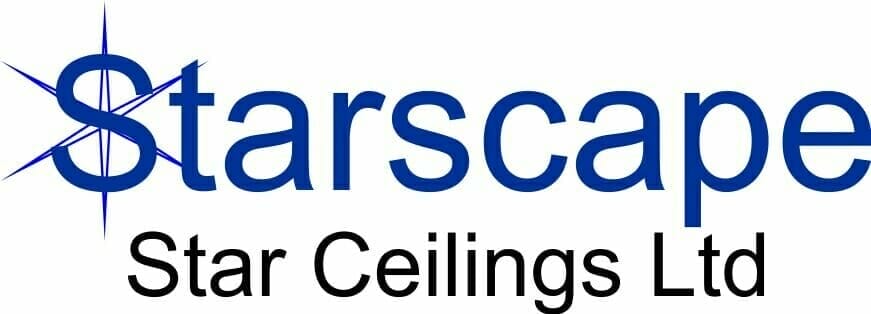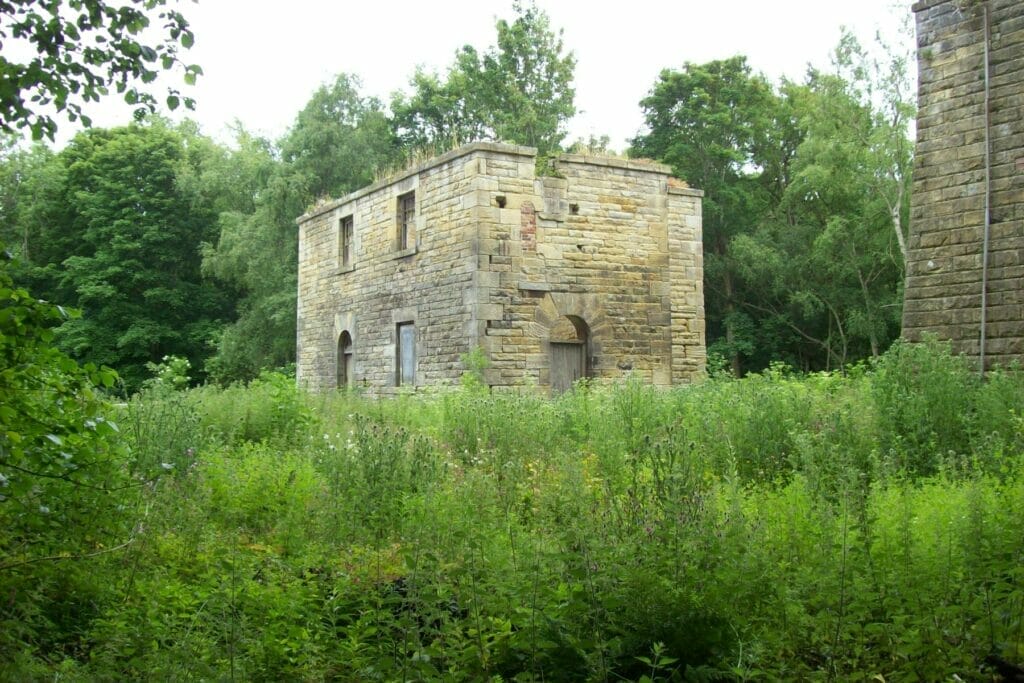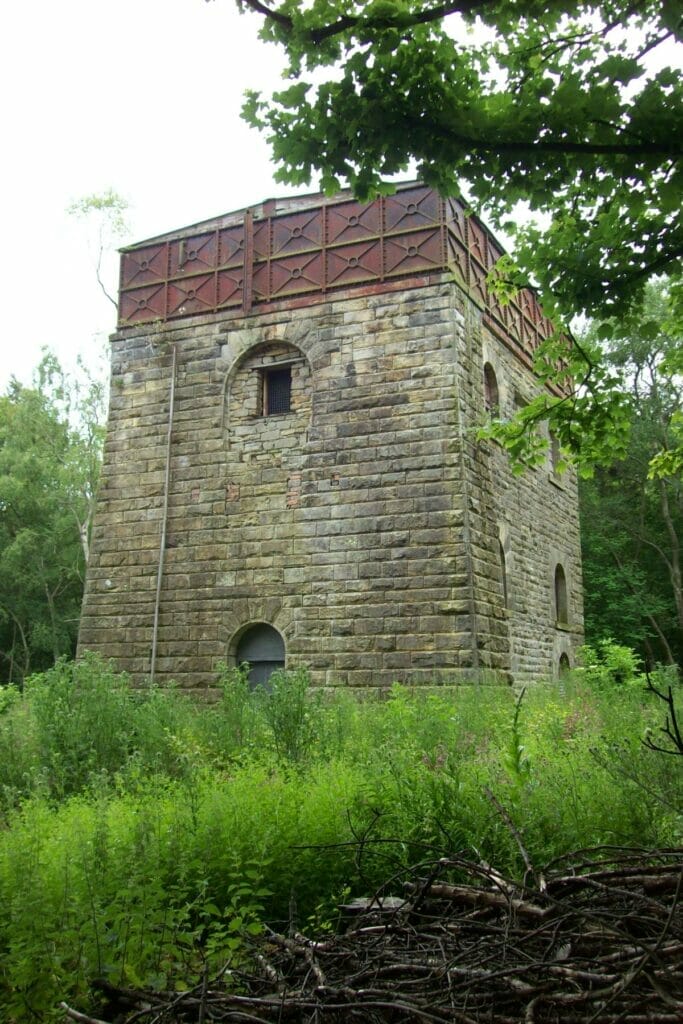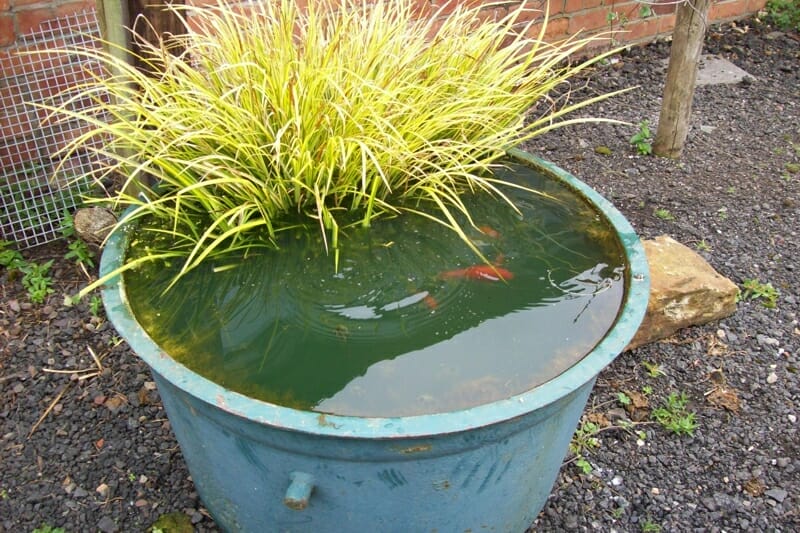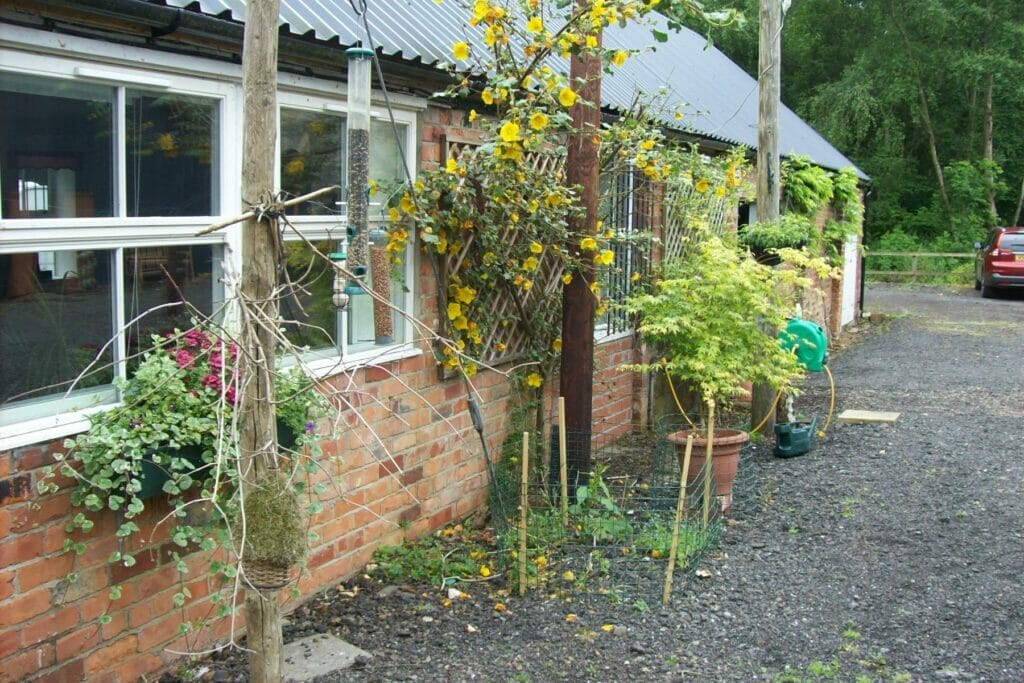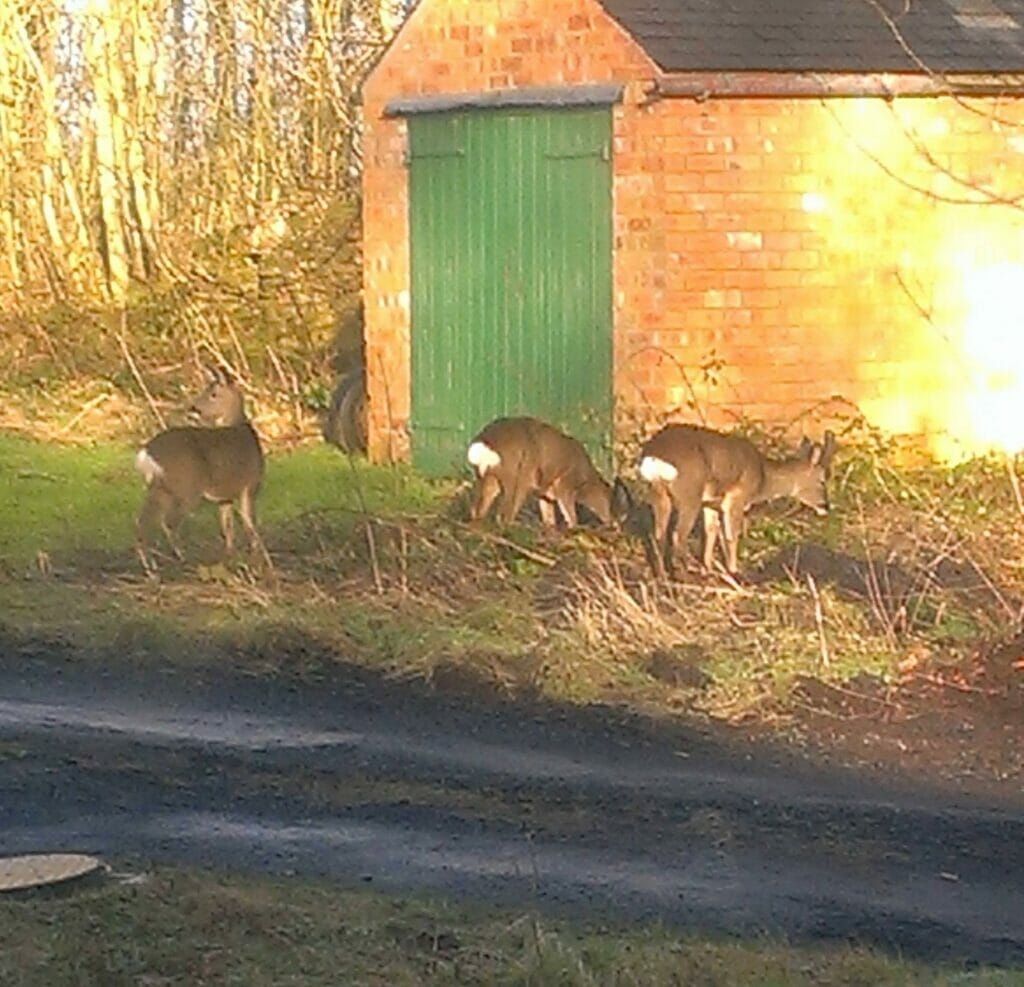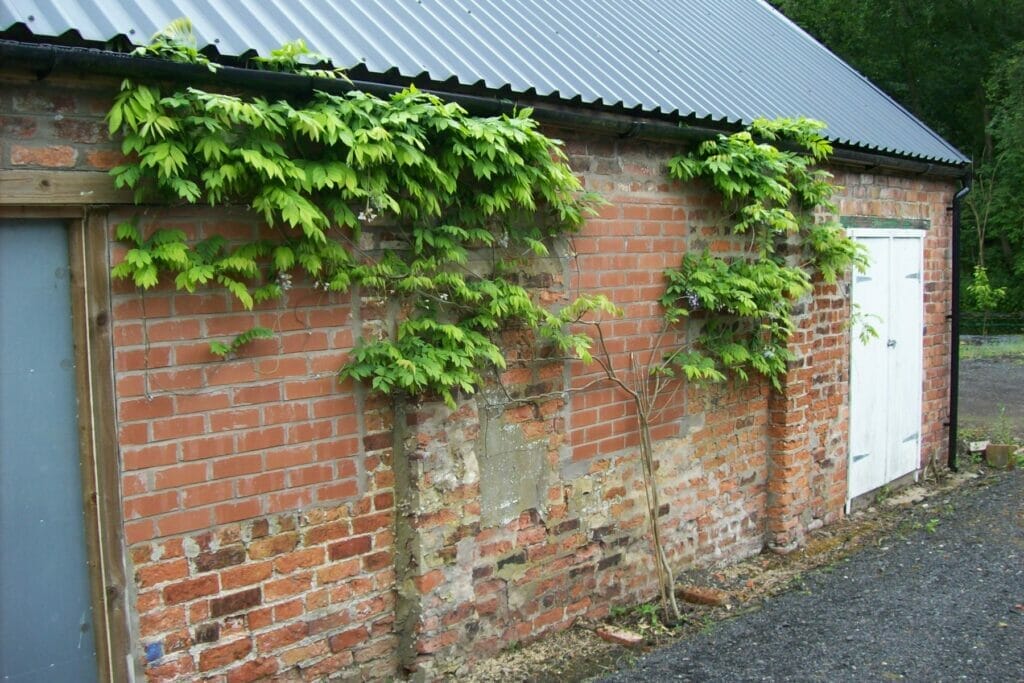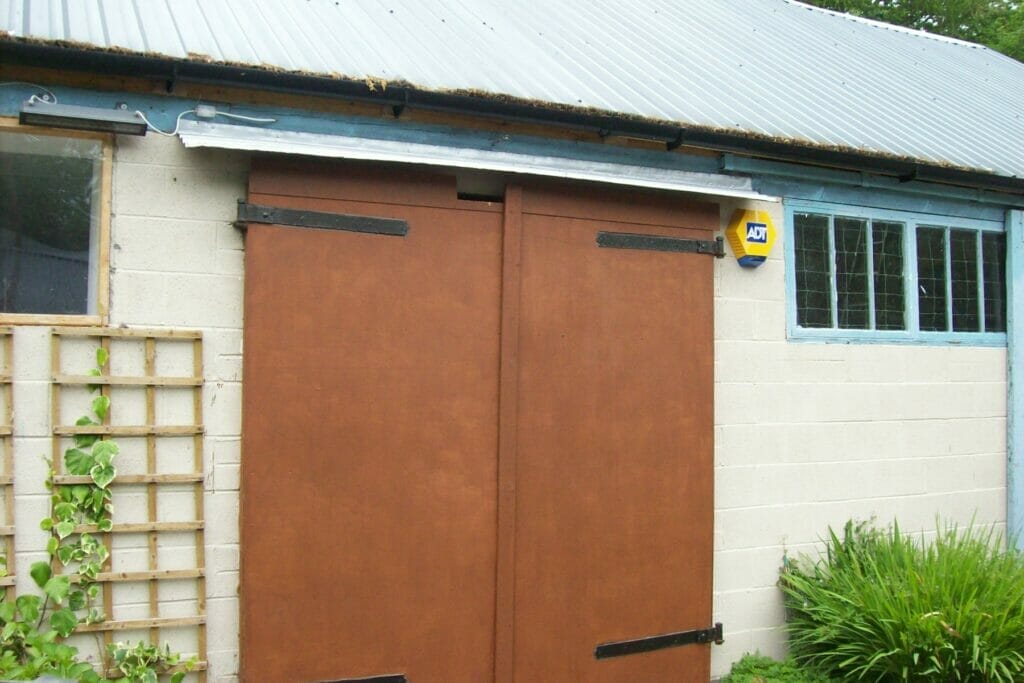The village of Scremerston has a long history of industrial workings, and of coal mining in particular, with at least one pit operational at any time between the 18th Century to the mid 20th Century.
Woodside was the site of the penultimate coal mine in the village, known during its lifetime as Greenwich Colliery after the landowners – Greenwich Hospital (roughly speaking, the naval equivalent of the Royal Hospital, Chelsea, and also established during the reign of Charles II). However, it also had a multitude of other names: in various documents it is also called Scremerston Colliery, Scremerston Old Colliery (after it was abandoned), Jack Tar Pit and the Sink Pit.
Greenwich Colliery was opened in 1840 and continued to be worked until 1878, two years after the new Scremerston Colliery was opened a mile to the north. The shaft was sunk to the “…great depth of 110 fathoms” (approximately 200m), and worked the Scremerston Main, a coal seam around 1.3m thick that produced two grades of coal.
